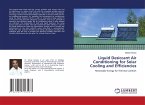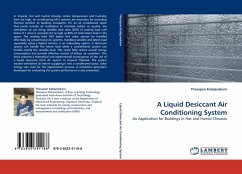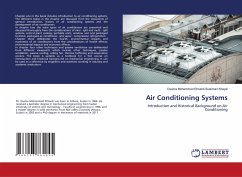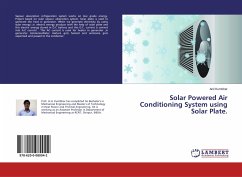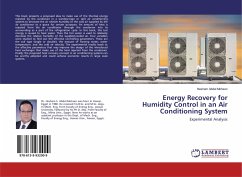Achieving comfortable indoor environment with the use of renewable energy or waste heat with minimal carbon footprint is a major challenge in the field of air-conditioning. Liquid desiccant system (LDS) seem to be a promising technology. They can be used either as stand alone units or coupled with conventional vapor compression systems (Hybrid liquid desiccant system) for various applications involving dehumidification of air. Hybrid liquid desiccant systems have got more attention due to their higher COPs, lower regeneration temperature and better control over the supply conditions. However, it would be desirable to develop high performance stand alone liquid desiccant systems (SALDS) as they operate primarily on heat and require electricity only for driving the air blowers and liquid pumps. Developing novel designs of the absorber and the regenerator, and new thermodynamic cycles enabling use of SALDS are the prime themes of this book.


